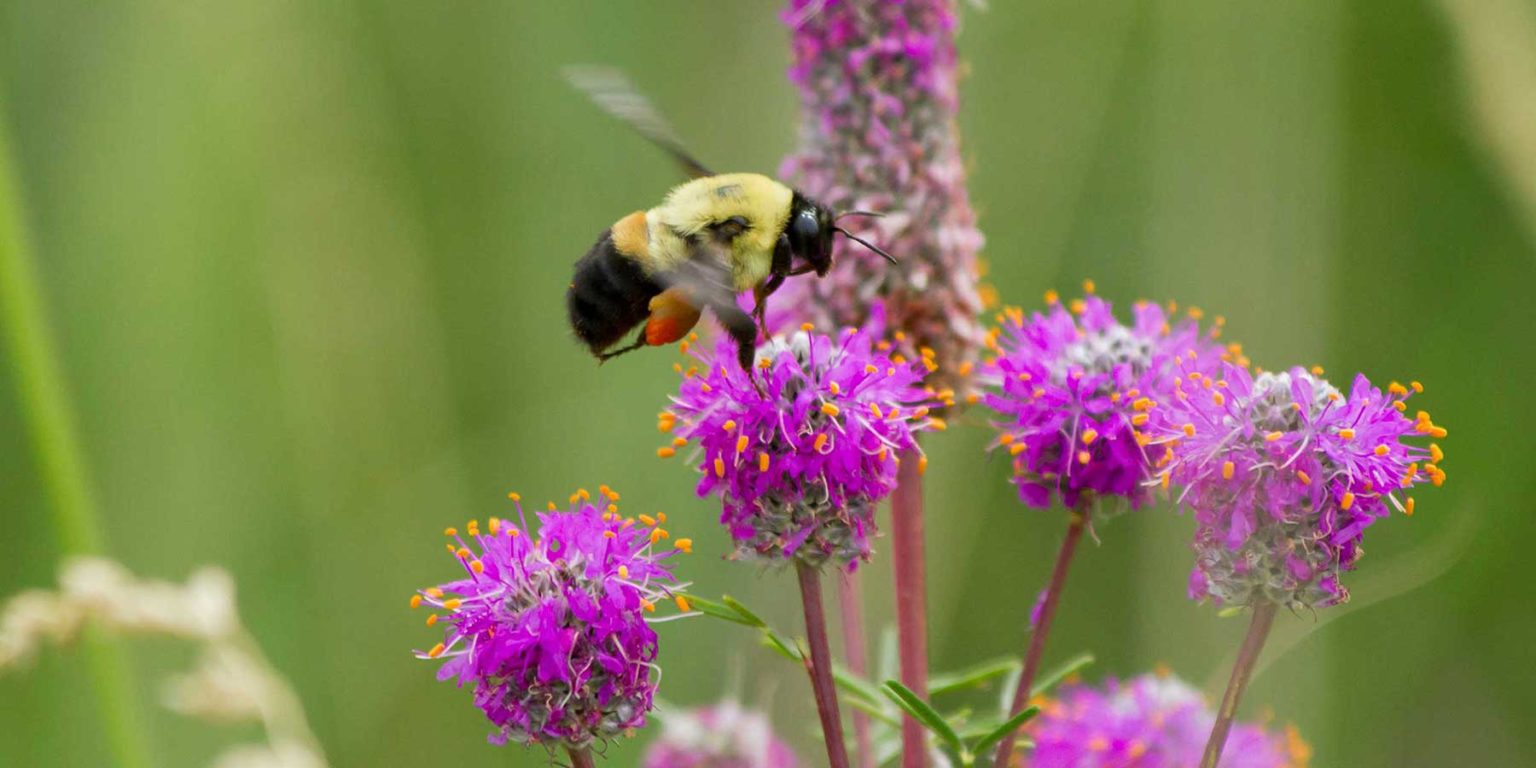BUZZING ALONG THE WATERFRONT
Rethinking Urban Landscapes for Pollinators and People
The dynamism and evolution of Earth have long been influenced by natural processes, but in the Anthropocene — an epoch defined by significant human impacts on geography, geology, and ecosystems through urbanization, industrialization, deforestation, and climate change — these changes have accelerated. This epoch is used here as a framing device to emphasize the human-driven transformations that are increasingly divorcing urban environments from nature. This growing disconnect contributes to biodiversity loss, particularly on private lands, highlighting the need for policies that restore ecological networks such as pollinator pathways — interconnected habitats that support pollinator movement, feeding, and nesting across fragmented urban landscapes¹. Pollinators (bees, butterflies, wasps, hummingbirds, etc.), which are responsible for pollinating 75% of food crops and flowering plants, are in alarming decline, with 40% of pollinator insects at risk of extinction. Waterfront cities, like Toronto and Vancouver, present an opportunity to strengthen landscape connectivity. Waterfront cities present a strategic opportunity to strengthen landscape connectivity and foster urban biodiversity.
With 40% of Canadians living within 100 kilometers of a coastline, these areas concentrate a significant portion of the population in close proximity to natural ecosystems. This proximity offers an opportunity — and responsibility — for municipalities to engage residents in biodiversity conservation efforts, particularly on private lands where ecological interventions are often overlooked and underexplored policies. The research investigates how the evolution of urban policies supporting pollinator pathways reflects broader shifts in environmental values, particularly by reconnecting people with nature in waterfront cities. While policy alone may not yield immediate ecological outcomes, it plays a vital role in shaping public perception and fostering pollinator-supportive practices on private lands. By centering the human-nature relationship, this study aims to understand how municipal governance in urban waterfronts areas can nurture a more engaged and environmentally conscious society, driving collaborative action to support urban biodiversity

